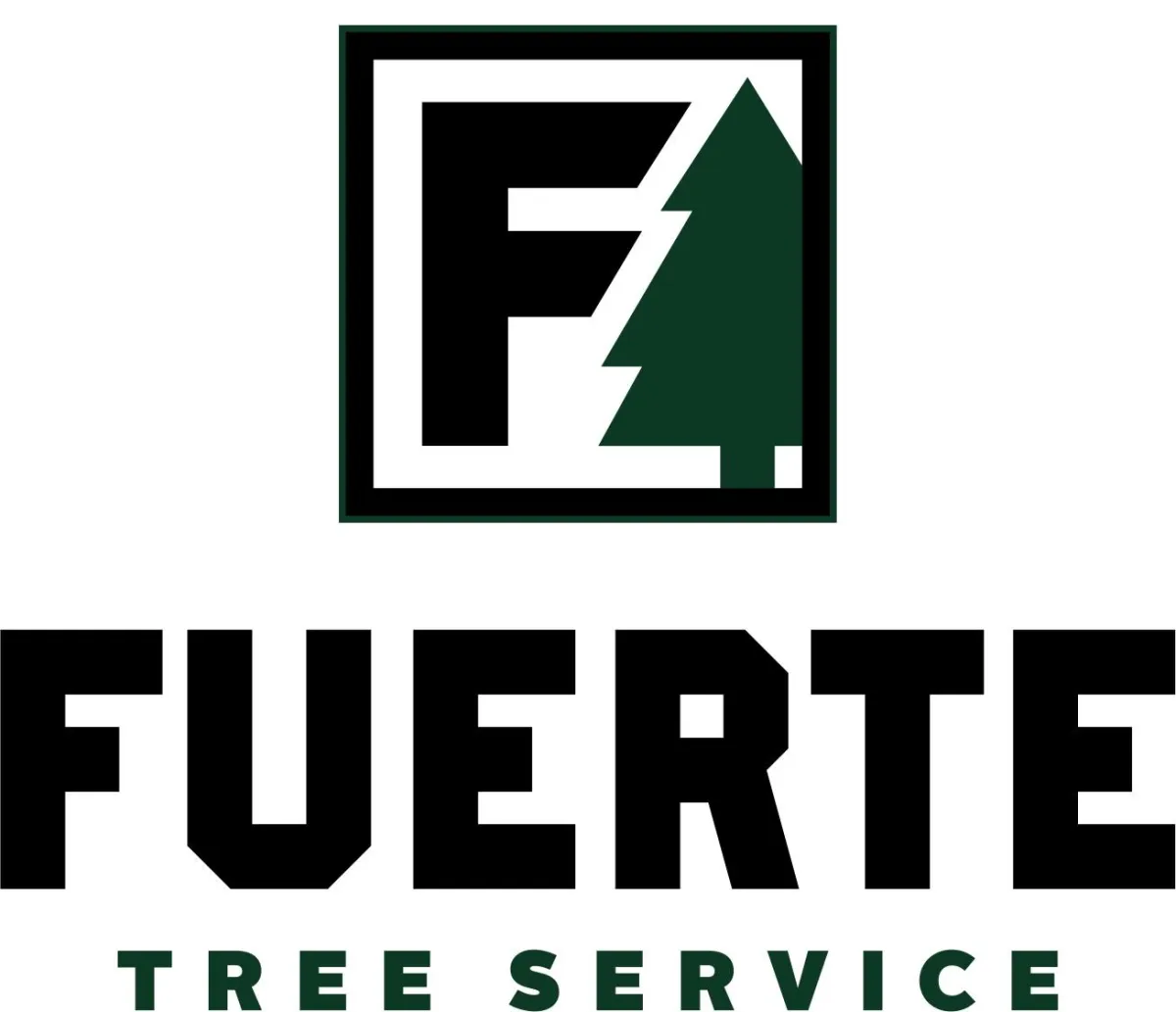
Understanding Tree Trimming Cost Estimates for Your Budget
Understanding Tree Trimming Cost Estimates for Your Budget
Do you know how much tree trimming might cost for your property? Many homeowners find it challenging to budget for these services. This article will break down average costs for tree trimming in 2025, explain how tree size impacts pricing, and examine key factors influencing those estimates. By understanding these elements, readers can make informed financial decisions and find cost-effective solutions for maintaining their trees. Whether you're considering professional services or weighing DIY options, this guide aims to address common concerns and help you plan your budget effectively.
Average Tree Trimming Costs in 2025
In 2025, average tree trimming costs are expected to fluctuate based on several factors, including the local climate and the species of trees involved. Trees affected by specific issues, such as fungus or insect infestations, may require additional services and inspections, leading to higher expenses. Homeowners should be prepared for these variations when planning their tree maintenance budgets.
The proximity of trees to structures, such as fences or homes, also plays a significant role in determining costs. Trimming trees near these installations may require extra care and specialized equipment, impacting the overall pricing. It is advisable for property owners to assess their trees' surroundings to better understand potential trimming expenses.
Finally, factors such as tree height and the presence of tree stumps can significantly influence the cost of tree trimming services. Taller trees or those with larger stumps may necessitate more labor and equipment during the trimming process. Thus, obtaining multiple estimates from professional tree services is essential to ensure reasonable pricing and thorough care for each tree.
Understanding Cost Estimates by Tree Size
When considering tree trimming costs, the size of the tree plays a crucial role. Smaller trees typically require less time and equipment for tree limb removal, resulting in lower service costs. In contrast, larger species like oak often incur higher expenses due to their size and the complexity involved in the trimming process.
Accessibility is another important factor affecting tree estimates. Trees situated in difficult-to-reach locations may necessitate additional equipment and labor, increasing overall costs. Property owners should evaluate the access to their trees, especially if they are close to fences or buildings, to understand potential pricing variations.
Tree service providers often offer detailed estimates that account for both the tree size and other contributing factors. Obtaining multiple tree estimates helps homeowners find reasonable options for their budget while ensuring proper care for their trees. Understanding how tree size impacts trimming costs is essential for effective tree maintenance planning.
Key Factors Influencing Tree Trimming Costs
Location significantly impacts pricing, as trees in hard-to-reach areas may require specialized tools like ropes and safety harnesses. Accessibility concerns influence the efficiency of the service. The quantity of trees also affects costs, along with their overall health condition, which plays a role in necessary tree care and contract agreements. Additionally, differences in tree species, particularly hardwoods, further contribute to variations in pricing.
Impact of Location on Pricing
The location of trees significantly influences trimming costs due to various factors. Trees in hard-to-reach areas, especially close to structures or hazards, may require specialized tree removal services or arborists equipped with proper tools, impacting the tree pruning estimate. Moreover, trees infested with pests or suffering from disease necessitate additional attention, which further affects pricing and should be considered when budgeting for tree care.
Accessibility Considerations for Tree Service
Accessibility plays a critical role in determining the price of tree trimming services. If a tree is located in a tight space, such as near a hedge, the need for specialized equipment like a crane becomes essential, which can increase costs significantly. Additionally, if there are concerns related to insects or other conditions affecting tree health, the use of protective gear such as chaps may be necessary for workers, further influencing the overall expense for the service.
Quantity of Trees and Their Effect on Cost
The quantity of trees on a property directly impacts the overall trimming costs. For instance, maintaining multiple fruit trees may require specific tools, such as pruning shears and loppers, to ensure healthy growth while minimizing the risk of spreading disease. Additionally, tree service providers may need to account for liability insurance when handling numerous trees, as this could affect the total price of the service, especially in complicated or high-risk environments.
Assessing Tree Health in Cost Calculations
Assessing tree health is a critical aspect in estimating the costs associated with tree trimming. For instance, a customer may seek services such as tree topping if the trunk shows signs of decay or disease, which could influence pricing. Moreover, maintaining healthy trees not only enhances the beauty of the property but may also satisfy home insurance requirements, since insurers often prefer properties with well-maintained landscapes to minimize risks. Understanding these factors helps homeowners better navigate potential costs and ensure proper care for their trees.
Tree Species and Their Pricing Variations
Tree species play a significant role in determining trimming costs, as different types of trees may require varying levels of care based on their height, growth patterns, and specific landscape conditions. For instance, hardwoods typically present more challenges due to their density and size, which can lead to higher labor costs. Soil conditions and the overall health of the shrubs also influence the pricing, as healthier trees tend to need less maintenance while those suffering from disease may require more extensive service, further impacting overall expenses.
Additional Services and Their Costs
Pricing for tree removal services can vary depending on factors like the tree size and location, making it essential for homeowners to understand their options. Stump grinding costs and considerations are crucial for managing leftover debris safely after removal, while expenses involved in stump removal can impact overall landscaping and construction plans. Delving into these aspects helps ensure homeowners budget effectively for comprehensive tree services.
Pricing for Tree Removal Services
Pricing for tree removal services generally varies based on several factors, including the type of tree being removed and its location. Homeowners may encounter a flat rate fee for straightforward removals, or they might face additional charges if specialized equipment is required, such as a ladder for high branches or a crane for larger trees like spruce. Understanding these variables will help property owners proceed with their tree maintenance plans and ensure they budget appropriately for both simple pruning and more extensive removal tasks.
Stump Grinding Costs and Considerations
Stump grinding is an essential service for homeowners managing tree removal. The process involves grinding down stumps to ground level or below, allowing for a more uniform lawn and reducing hazards associated with exposed stumps. Clients often turn leftover wood into mulch or firewood, minimizing waste and benefiting their landscaping while addressing the risk of pests or decay affecting their property. Understanding the costs and options related to stump grinding helps homeowners effectively plan their budgets and ensures a well-maintained outdoor space.
Expenses Involved in Stump Removal
The expenses involved in stump removal can vary based on several factors, including the type of tree, such as pine, and its location near structures like the roof of a building. An estimator typically assesses the site, considering potential pest control needs if the stump is decaying or infested, which may add to the overall cost. Additionally, if the removal of the stump impacts future landscaping or requires the use of fertilizer for soil restoration, homeowners should factor these elements into their budget to ensure a comprehensive approach to tree care.
Comparing DIY Versus Professional Tree Trimming Costs
Homeowners often consider DIY tree trimming to save costs, especially for small trees like maple. This approach requires basic knowledge of tree care, as improper techniques can lead to damage or unhealthy trees in the yard.
Using tools such as a chainsaw may seem economical, but it comes with risks and requires expertise. Many individuals find that they lack the experience needed for safe and effective trimming, prompting them to seek help from local tree trimming companies.
Engaging professional services offers several benefits, including expertise in assessing tree health and ensuring proper trimming techniques. While the upfront costs may be higher, the long-term advantages of maintaining a healthy yard often outweigh the initial investment.
Frequently Asked Questions Regarding Tree Trimming Costs
Understanding the cost estimates for tree trimming requires clarification on several crucial topics. The differences between tree trimming and pruning often dictate service needs and frequency. Knowing when to trim trees and the importance of hiring certified arborists ensures proper care. Additionally, estimated costs for trimming large trees vary based on factors, including the local cost of living. Each of these aspects provides valuable insights into budgeting for optimal tree maintenance.
Differences Between Tree Trimming and Pruning
Tree trimming and pruning are essential services that serve different purposes for tree health and aesthetics. Trimming generally focuses on maintaining the overall shape of the tree and removing dead or overgrown branches, which can lead to complexities such as injuries from falling limbs or excess leaf litter. In contrast, pruning targets specific branches for enhanced growth or to remove damaged parts due to pests or diseases, requiring specialized gear and techniques to minimize stress on the tree and promote better overall health.
Recommended Frequency for Tree Trimming
Regular tree trimming is essential for maintaining both the health of trees and the aesthetics of a property. Homeowners should consider scheduling tree trimming at least once a year for most tree species; however, specific trees may require more frequent attention. For example, fast-growing trees may benefit from biannual trims to prevent overgrowth and ensure proper sunlight and air circulation, while less vigorous trees can often adhere to an annual schedule. Understanding these frequency recommendations helps homeowners budget effectively for ongoing tree care while promoting the longevity and vitality of their landscapes.
Importance of Hiring Certified Arborists
Hiring certified arborists is essential for homeowners seeking reliable tree trimming services. These professionals possess the expertise to assess tree health, ensuring proper techniques are used that promote growth while minimizing potential damage. Their training helps prevent costly mistakes, offering peace of mind that the trees will be maintained correctly, enhancing the overall aesthetics and value of the property.
Estimated Costs for Trimming Large Trees
Estimating the costs for trimming large trees can vary significantly based on their height and condition. Typically, homeowners can expect prices to range from $400 to over $1,500, depending on factors such as tree species and the complexity of the job. Engaging with local tree service providers who offer free estimates can assist in budgeting accurately, ensuring trees remain healthy and well-maintained without unexpected expenses.
Conclusion
Understanding tree trimming cost estimates is crucial for homeowners aiming to maintain their properties effectively. By evaluating factors such as tree size, location, and health, individuals can better prepare their budgets and avoid unexpected expenses. Engaging with professional tree service providers ensures proper care and long-term health for the trees, ultimately enhancing property aesthetics and value. Taking the time to understand these cost factors empowers homeowners to make informed decisions for optimal landscape management.






